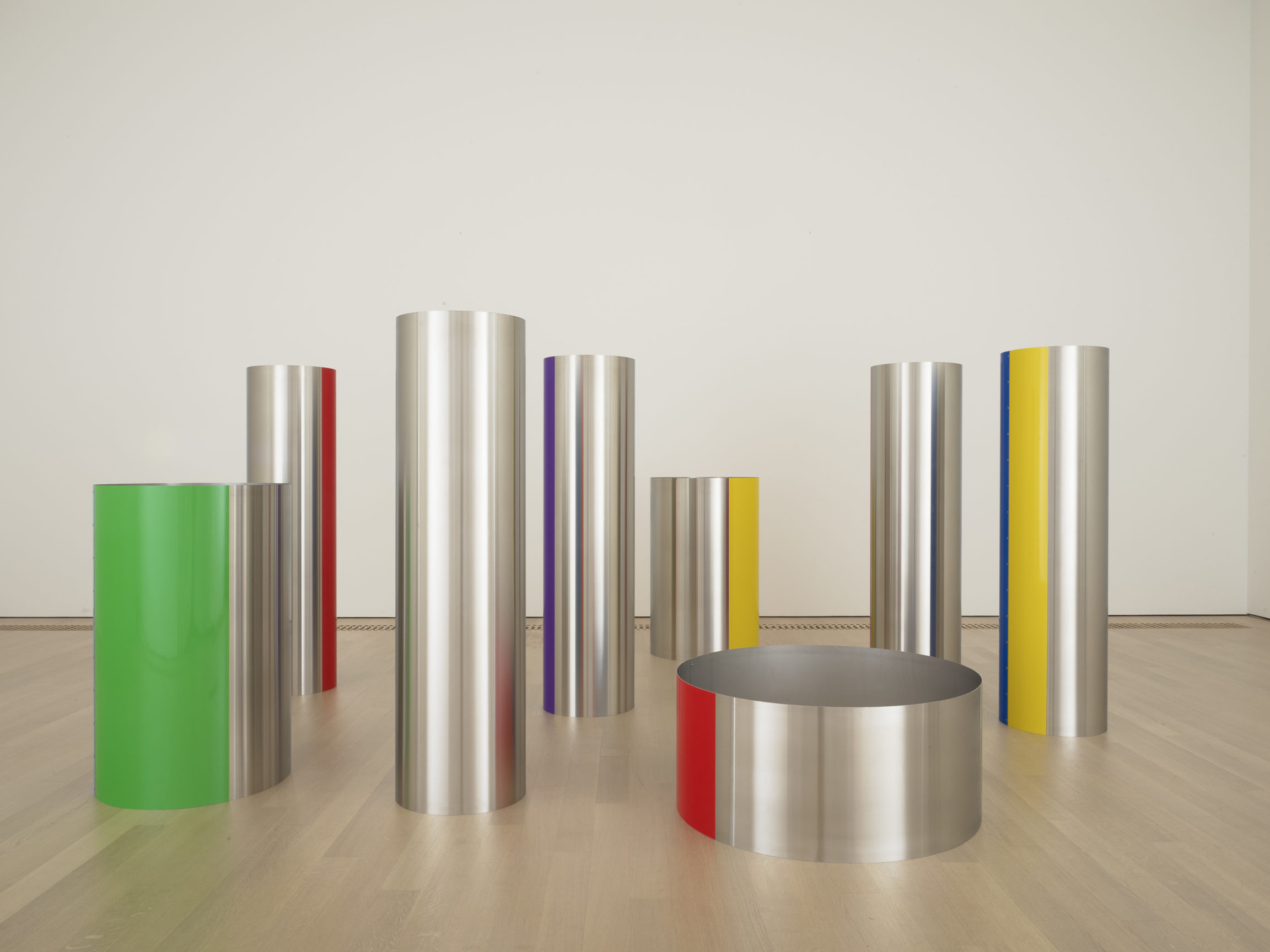Bibliography
Jeff Rian, Stéphane Dafflon, Lyon, la Salle de bains, Dijon, Les presses du réel, 2007 (coll. La salle de bains).
Lionel Bovier, Stéphane Dafflon, Lucerne/Poschiavo, Edizioni Periferia, 2006 (coll. Cahiers d’artistes 2006).
Éric Troncy, [untitled], in Peter Kogler, Stéphane Dafflon, Francis Baudevin, exh. cat. Nice, La Villa Arson, 2002: 57-69.




Stéphane Dafflon’s development as an artist was shaped by his studies and an art scene that encouraged geometric abstraction. The influence of Swiss graphic design, the precedent of concrete art in Zurich in the 1930s and 1940s and the neo-geo movement that was already harking back to the work of the concrete artists in the 1980s all shaped his use of abstraction, drawing on the aesthetic potential of elementary shapes. Artists such as Luigi Lurati, Piet Mondrian, Ellsworth Kelly, Robert Mangold, Olivier Mosset, Alan Charlton, Alan Uglow, Peter Halley, Marcia Hafif and Steven Parrino have also influenced his work.
Dafflon initially designs his works on a computer. After his first paintings, in which he reshaped logos, he has now reduced his vocabulary to lines and shapes without direct references. He arranges them in a ‘fictional’ two-dimensional space that allows him, for example, to work with brand new perspectives, creating anomalies that can then be transferred to real space.
Dafflon gives his works neutral codes for titles, starting with acronyms referring to the material (in this case ‘SAI’ for ‘Sculpture en Acier Inoxydable’, or sculpture in stainless steel) followed by the work’s number in the order of creation. When designing them, he records how his works are placed in an architectural or other setting to play with optical effects. SAI010’s eight hollow cylinders of riveted steel were drawn with design software. Their surface does not produce a perfect reflection of the surrounding elements, but rather, a slightly distorted one. The shapes are stretched height-wise and intercalated with broad strips of coloured adhesive on each cylinder. Visitor cannot see their own reflection; they can only contemplate the solid yet airy presence of the cylinders.